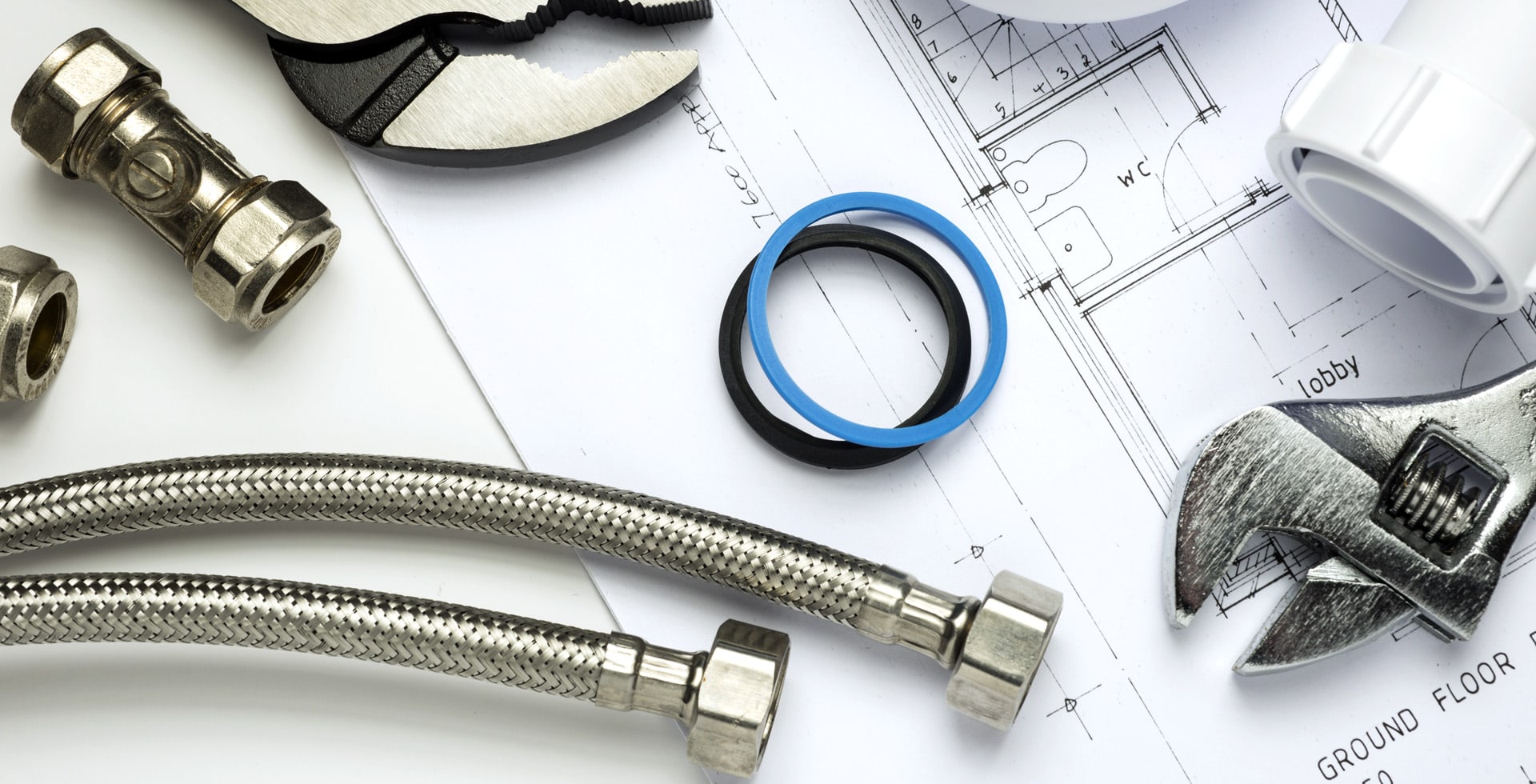Water damage can strike unexpectedly, leaving homeowners in East Cobb scrambling to find solutions. Whether it’s due to a leaky roof, a broken pipe, or flooding, the aftermath can be devastating. Understanding the importance of timely water damage restoration in East Cobb not only helps in mitigating the immediate effects but also prevents long-term structural damage and mold growth. In this guide, we’ll explore essential steps to take when faced with water damage, along with expert tips to make the restoration process smoother and more effective.
Acting quickly is crucial when it comes to water damage. The longer water sits, the more it can seep into your walls, flooring, and belongings, leading to costly repairs and health concerns. With the right knowledge and resources, you can navigate the restoration process like a pro. Join us as we delve deeper into water damage restoration in East Cobb, providing you with the insights needed to protect your home and peace of mind.
15 best water damage restoration in east cobb
Understanding Water Damage
Water damage can occur from various sources, including natural disasters, plumbing failures, and even everyday wear and tear. Recognizing the type of water damage is the first step in the restoration process. There are three categories:
- Category 1: Clean Water – This comes from a clean source, such as a broken water supply line.
- Category 2: Grey Water – This water is mildly contaminated and can come from sources like washing machines or dishwashers.
- Category 3: Black Water – This is highly contaminated water that poses serious health risks, often resulting from sewage backup or flooding.
Understanding these categories helps in determining the necessary steps for safe and effective restoration.
The Water Damage Restoration Process
The restoration process typically involves several key steps:
- Assessment: Inspecting the affected areas to determine the extent of the damage.
- Water Extraction: Using pumps and vacuums to remove standing water from the premises.
- Drying: Employing industrial air movers and dehumidifiers to dry out the structure and prevent mold growth.
- Cleaning and Sanitizing: Cleaning contaminated surfaces and applying antimicrobial treatments to inhibit mold and mildew.
- Restoration: Repairing and restoring affected areas, which may include replacing drywall, flooring, and other structural components.
Each of these steps is crucial for a successful restoration, ensuring that your home is safe and sound.
Preventing Future Water Damage
Once the restoration is complete, it’s essential to take proactive measures to prevent future water damage. Here are some expert tips:
- Regular Inspections: Periodically check your roof, plumbing, and appliances for leaks or signs of wear.
- Maintain Gutters: Ensure gutters and downspouts are clean and functioning correctly to direct water away from your home.
- Install a Sump Pump: If your basement is prone to flooding, consider installing a sump pump to manage excess water effectively.
By implementing these tips, you can significantly reduce the risk of water damage in the future, ensuring your East Cobb home remains safe and protected.

